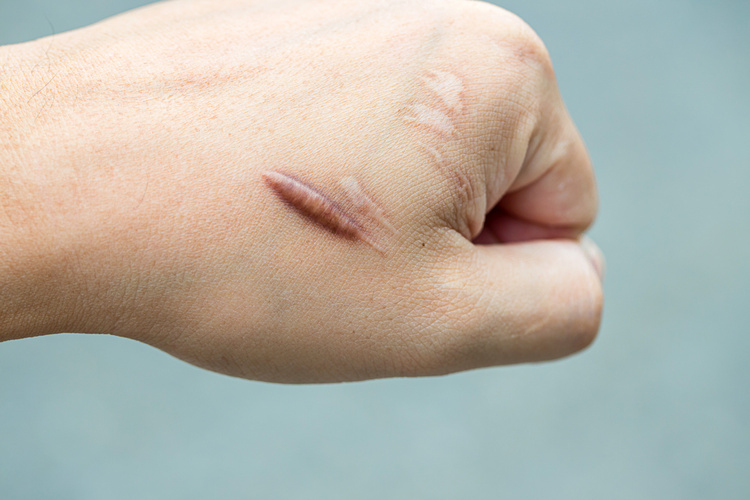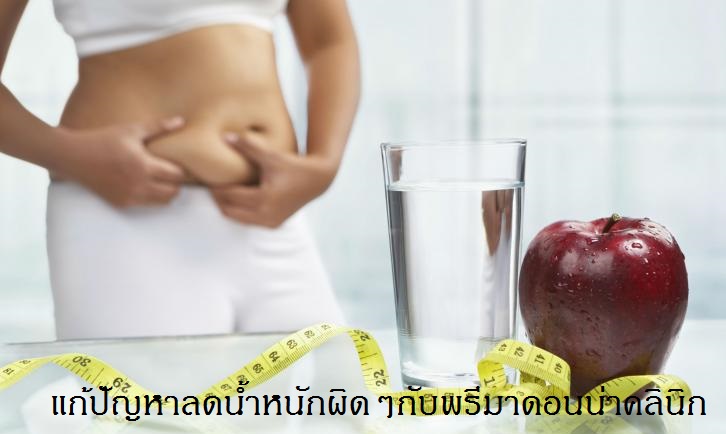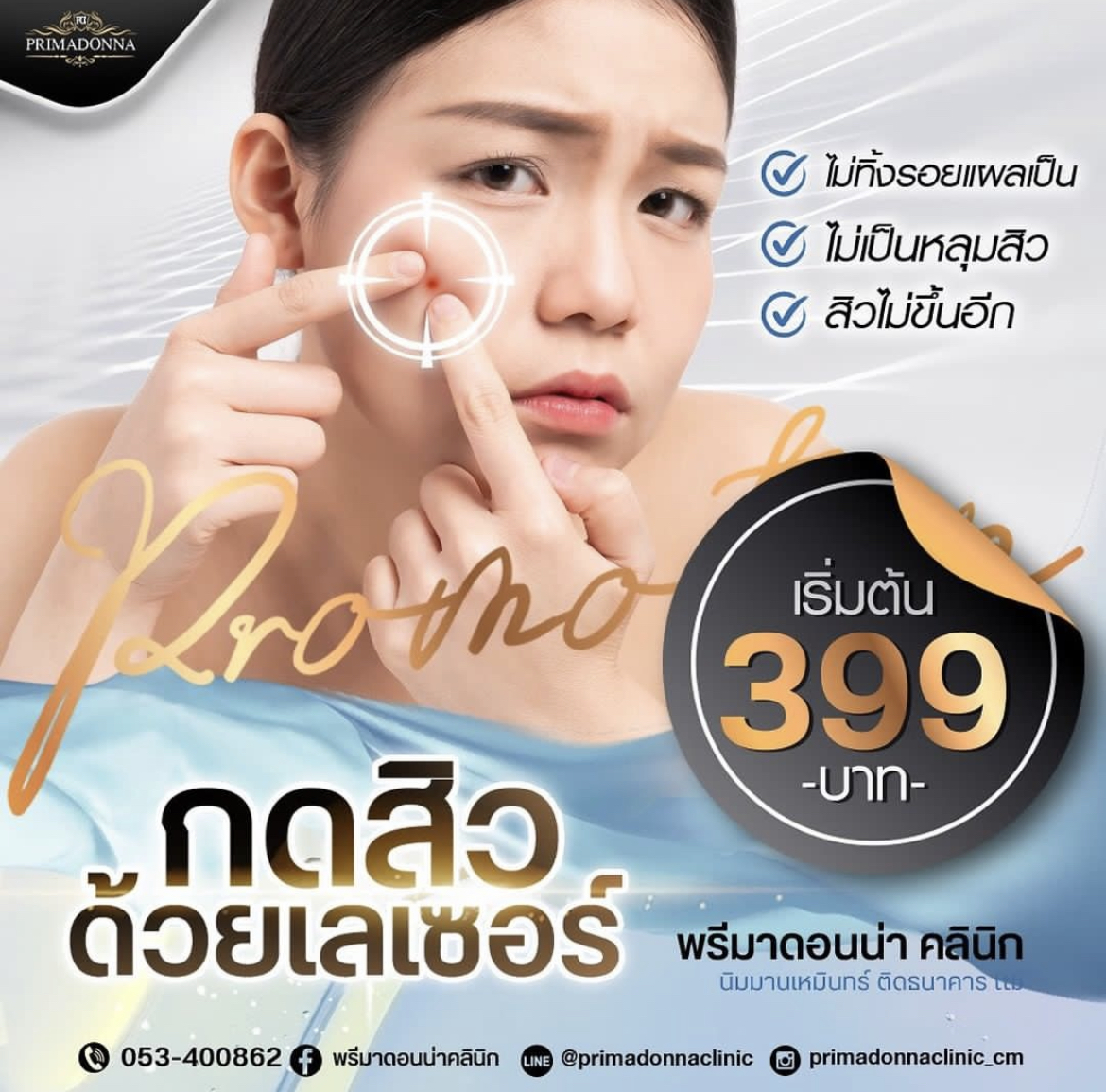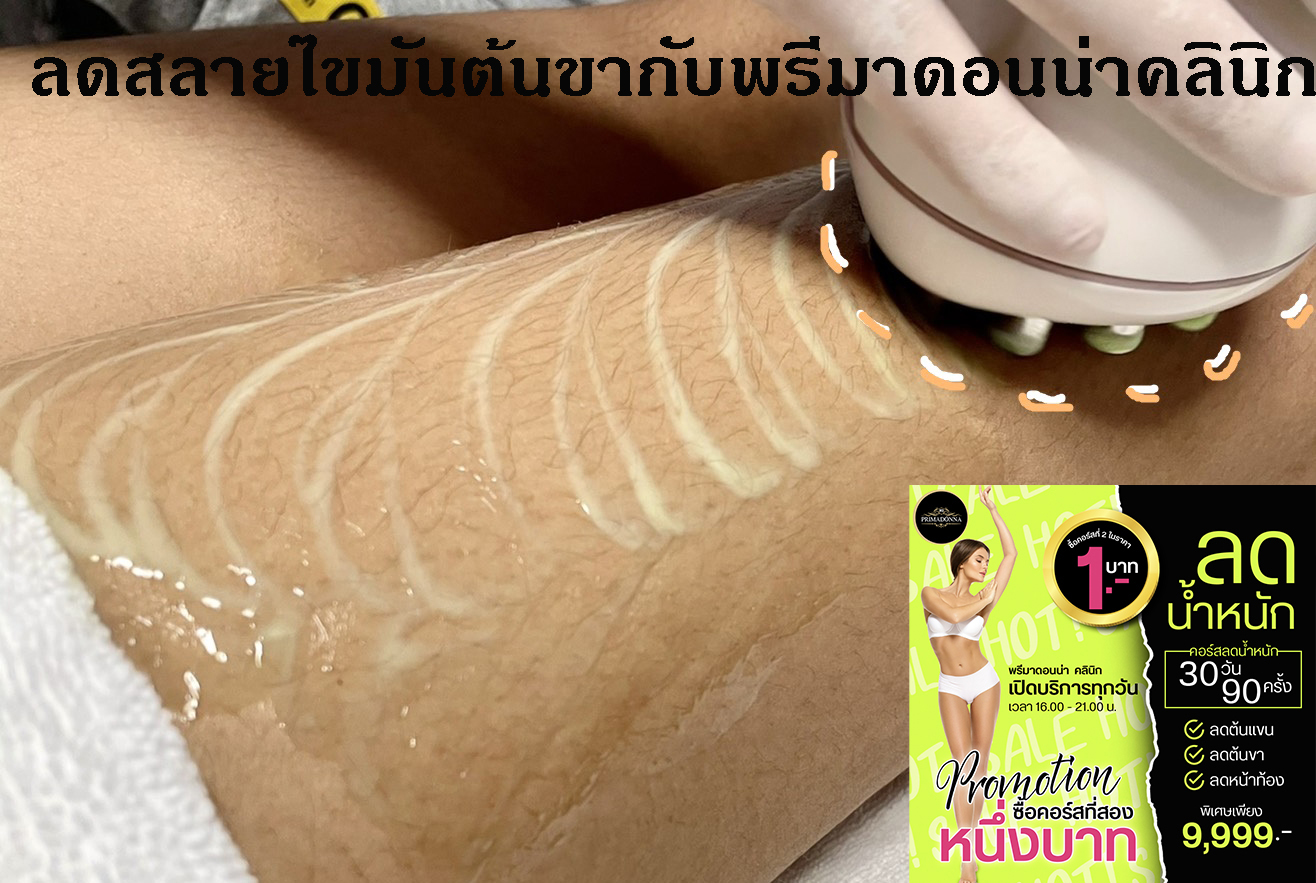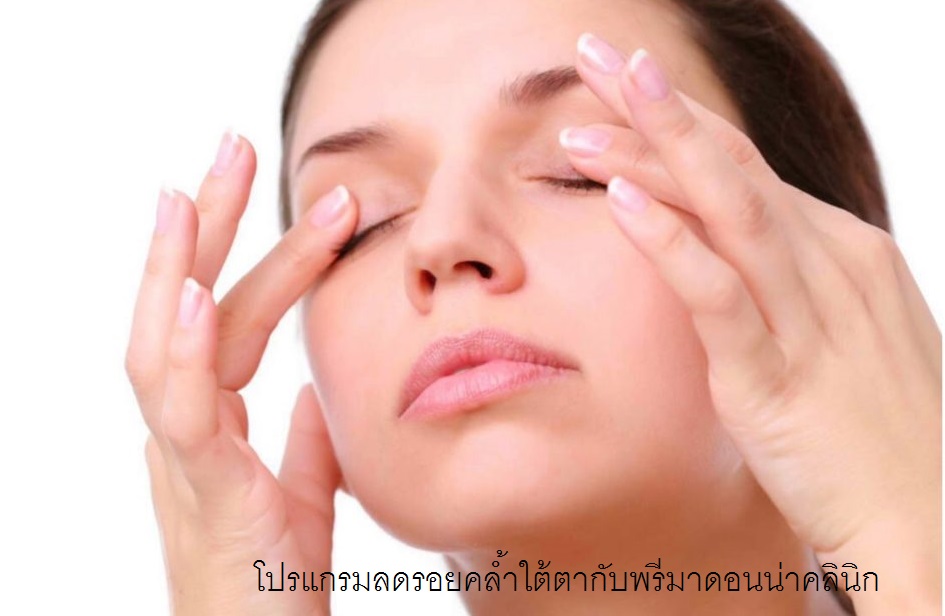
Dark circles under the eyes
Dark circles under the lower eyelids are common in men and women. Often accompanied by bags, dark circles can make you appear older than you are. To make matters worse, they can be difficult to get rid of.
Though they can affect anyone, dark circles are most common in people who:
- are elderly
- have a genetic predisposition to this condition (periorbital hyperpigmentation Trusted Source)
- are from non-white ethnic groups (darker skin tones are more prone to hyperpigmentation around the eye area)
While fatigue may seem like the most logical explanation for this condition, there are a number of factors that can contribute to dark circles under the eyes. In most cases, they are no cause for concern and do not require medical attention. Read on to learn more.
What causes dark circles?
There are a number of contributing factors for dark circles. Some common causes of include:
Fatigue
Oversleeping, extreme fatigue, or just staying up a few hours past your normal bedtime can cause dark circles to form under your eyes. Sleep deprivation can cause your skin to become dull and pale, allowing for dark tissues and blood vessels beneath your skin to show.
Lack of sleep can also cause fluid to build underneath your eyes, causing them to appear puffy. As a result, the dark circles you see may actually be shadows cast by your puffy eyelids.
Age
Natural aging is another common cause of those dark circles beneath your eyes. As you get older, your skin becomes thinner. You also lose the fat and collagen needed to maintain your skin’s elasticity. As this occurs, the dark blood vessels beneath your skin become more visible causing the area below your eyes to darken.
Eye strain
Staring at your television or computer screen can cause significant strain on your eyes. This strain can cause blood vessels around your eyes to enlarge. As a result, the skin surrounding your eyes can darken.
Allergies
Allergic reactions and eye dryness can trigger dark circles. When you have an allergic reaction, your body release histamines as a response to harmful bacteria. Other than causing uncomfortable symptoms — including itchiness, redness, and puffy eyes — histamines also cause your blood vessels to dilate and become more visible beneath your skin.
Allergies can also increase your urge to rub and scratch the itchy skin around your eyes. These actions can worsen your symptoms, causing inflammation, swelling, and broken blood vessels. This can result in dark shadows beneath your eyes.
Dehydration
Dehydration is a common cause of dark circles under your eyes. When your body is not receiving the proper amount of water, the skin beneath your eyes begins to look dull and your eyes look sunken. This is due to their close proximity to the underlying bone.
Sun overexposure
Overexposure to the sun can cause your body to produce an excess of melanin, the pigment that provides your skin with color. Too much sun — particularly for your eyes — can cause pigmentation in the surrounding skin to darken.
Genetics
Family history also plays a part in developing dark circles under your eyes. It can be an inherited trait seen early in childhood, and may worsen as you age or slowly disappear. Predispositions to other medical conditions — such as thyroid disease — can also result in dark circles beneath your eyes.
Medical treatments
For a more effective and permanent solution, some medical treatments are available to reduce the appearance of dark circles. Some of the more common methods include:
1. Filler Injections for under eyes
Dermal fillers instantly add volume below the eyes to fill out “eye hollows,” which occurs when the tear trough (the ridge of bone under the eyes) is especially prominent and casts a shadow on the under-eye area.
However, dermal fillers cannot treat dark circles caused by hyperpigmentation, which require other modes of treatment.
Most fillers used to treat dark circles are hyaluronic acid-based. A few well-known brands are Restylane, Juvederm, Voluma and Belotero.
The best candidates for under-eye fillers are those with naturally pronounced tear troughs whose dark under-eye circles are unrelated to lifestyle habits. Fillers are also appropriate for people who have experienced volume loss and fat pad bulging under the eyes as a result of aging.
What to Expect During the Procedure
During the procedure, your doctor first applies a numbing cream to the under-eye area. They then cleanse your skin to remove any makeup or dirt and to prevent infection.
Next, the doctor injects the filler using either a needle or a tiny tube called a cannula. Small amounts of filler are injected at a time until the desired result is reached; injecting too quickly can traumatize the delicate tissue and increase swelling.
The doctor may shape the filler under your eyes with their fingers before it settles. They then apply an ice pack to the area to minimize bruising and swelling.
Recovery and Results
After receiving an injectable filler, your eyes will feel tender for the rest of the day. Avoid touching the under-eye area and do not apply makeup.
You’ll likely experience bruising and swelling for the next few days and should regularly ice the area.
The final results will be visible after one week. Dermal fillers can last up to one year, but many people go for touch-ups every few months.
2. IPL
IPL stands for Intense Pulsed Light, and is a light-based technology commonly used in dermatology to treat rosacea and reduce telangiectasia. IPL is now being used to treat meibomian gland dysfunction and dry-eye disease.
During the procedure, a strategic level of light pulses is administered to penetrate the skin under the eye and targets the root cause of the inflammation.
IPL treatment helps to liquefy and release hardened oils that have clogged the Meibomian glands in the eyelids. Additionally, as the IPL treatment treats your overall skin appearance, your eyelid inflammation is treated and improved as well. IPL procedures are effective, gentle and safe.
After the Procedure
Following treatment, your eye doctor may perform a meibomian gland expression (in this procedure, tiny “paddles” are used to compress the eyelids to squeeze out the contents of the meibomian glands.) The purpose of meibomian gland expression is to accelerate your skin and eyelid healing process and is optional, but recommended.
You may experience some mild redness and discomfort in the treated areas – this will usually disappear within a few hours. Most patients are able to resume their daily activities the same day. Sunlight should be avoided for a few days following the treatment and sunscreen should be used.
For optimal results, 4 sessions are typically recommended, with 3-4 weeks in between. Maintenance treatments, usually once every 6-12 months, are also recommended for optimal long-term results.
Your doctor may also recommend combining IPL treatments with other dry eye therapies such as Mibo Thermoflo, punctal plugs, or medications to maximize effectiveness and enhance symptom relief.

